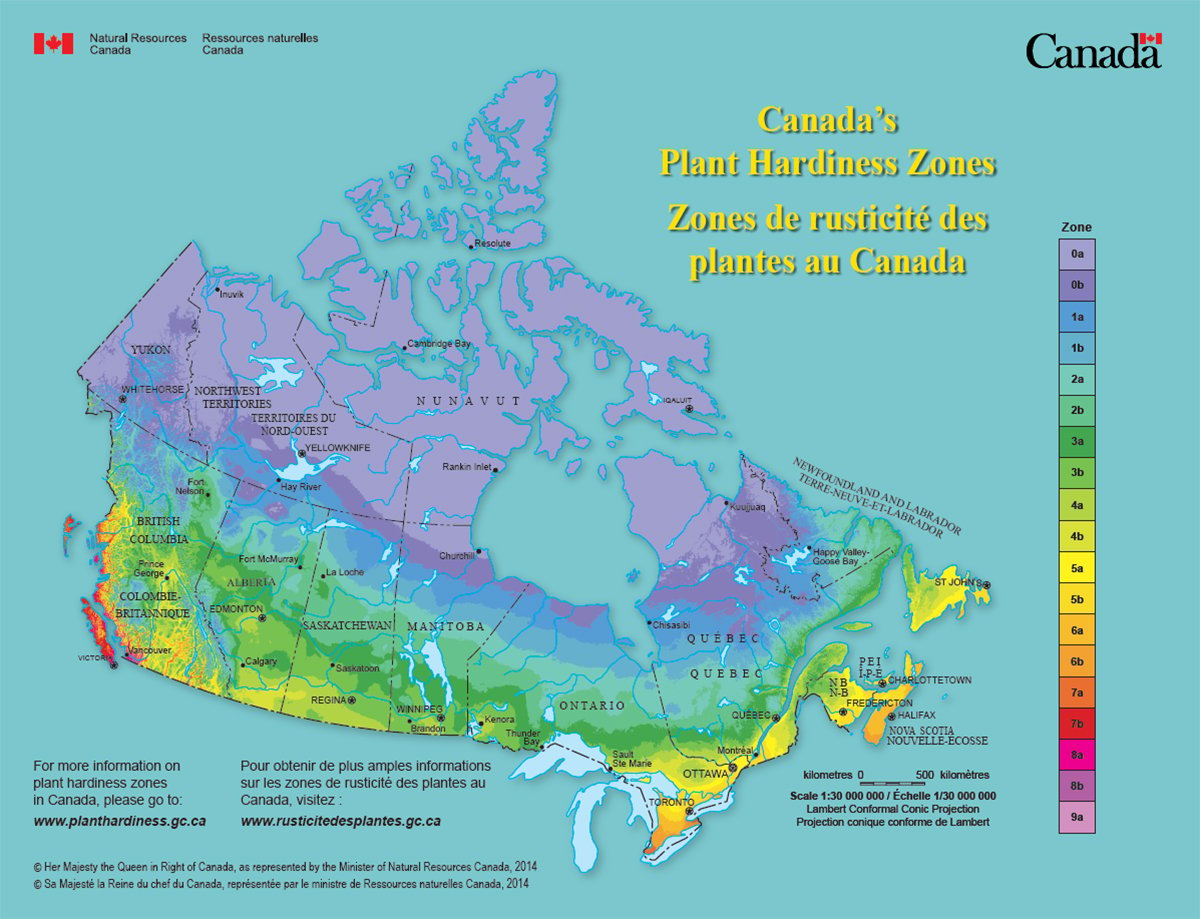OLDS, Alta. (Staff) – The Prairies may be the world’s ideal garden for growing aromatic plants and herbal medicines.
During an Olds College conference on herbs, more than 200 interested farmers were shown the value of a market where they’re encouraged to grow plants many of them consider weeds.
Researchers gave an overview of some of the plants that can be grown successfully in the West.
Jack Moes, who works at the Brandon research station as a new crops agronomist, said about 2,000 acres of spices are grown in his province including caraway, coriander, cumin and spearmint.
Read Also

Canada’s plant hardiness zones receive update
The latest update to Canada’s plant hardiness zones and plant hardiness maps was released this summer.
Branka Barl at the Herb Research Centre at the University of Saskatchewan said the province grows about 12,000 acres of coriander, 7,000 acres of caraway, 2,400 acres of dill and about 100 acres of cumin.
On the herb side about 3,000 acres of borage is grown, 1,300 acres of mints, 300 acres of fenugreek, 20 acres of ginseng and 20 acres of echinacea.
Alberta grows about 2,500 acres of spices and another 2,500 of plants containing essential oils like spearmint, said Refe Gaudiel, special crops researcher at Brooks, Alta.
While many of these crops can grow on the Prairies, farmers may find the herb and spice business to be a secretive circle where contracts are difficult to obtain and prices are volatile.
“It might be prudent for someone who is considering this to think in terms of two or three or four different essential oil crops. Don’t put all your eggs in one basket,” said Moes.
Wild plants gain favor
Besides spices, farmers might try cultivating wild plants like the purple coneflower or echinacea, grown for its roots. It is a wildflower with light purple, drooping petals and a prominent dark purple centre, similar in appearance to a garden aster. Plants like these are gaining attention in the medical world.
Scientific tests show when taken orally, echinacea combats colds and influenza by stimulating the body’s immune system. It’s also being examined by cancer researchers. While these plants could be tricky to grow, the major hurdle is resistance from the medical community.
“Many medical doctors don’t have an open mind about medicinal herbs,” said Barl.
“The mood is changing in medical circles.”















